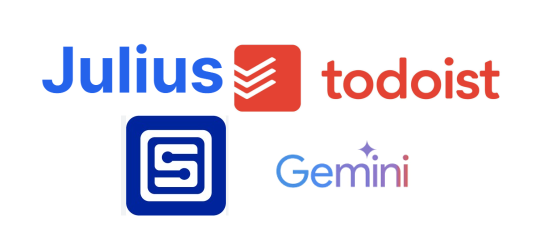Can you name five AI tools without mentioning ChatGPT?
Oya na, attempt it!!!!
The truth is that beyond ChatGPT, many people don’t know that other AI tools exists.
Introduction
Artificial Intelligence (AI) has taken a rapid evolvement from a futuristic concept to a transformative force, driving innovation and simplicity across almost all industries.
Quite surprising, but majority of these AI’s capabilities are trafficked towards Chat Generative Pretrained Transformer (ChatGPT). well, maybe it is due to the way it bamboozled its way into the AI’s market.
I mean, there were some weird statistics when it was just released. What many don’t know is that the AI landscape today is rich with diverse array of tools and technologies that cater to different needs and applications.
Well, don’t worry, this article will expose you to some AI tools you never knew existed.
Let’s go!
Julius.ai can be used to analyse your data using computational AI. What Grammarly does with text, Julius.ai does same and more with data. It can help with analysis, statistical modelling, creating sleek 3D, visualizations, and captivating animation GIFs.
One amazing feature of this tool is that it can include a downloadable link for you to download charts, graphs, and other visuals it helps you create.
Well, this is what Bard is now called. It performs similar functions to ChatGPT but in a more advanced way.
It represents a significant advancement in AI-generative creative writing as it offers functions that way surpasses those of your favourite ChatGPT. Talk about domain specialization, creativity, emotional depth, coherence, fime-tuned prompting, and what have you.
Also called, Square Appointments is a scheduling app meant for small businesses with all features needed to run a big brand as well.
What sets Square apart from other scheduling apps is that it goes beyond booking pages and calendars. It has an in-built payment processing system and tracks appointments in real-time.
Todoist is a task management application that uses AI-driven features to help users organize and prioritize their tasks effectively. The app allows users to create task lists, set deadlines, and categorize tasks into projects, making it easier to manage multiple responsibilities and track progress.
It has features to provide personalized task recommendations and suggestions based on user’s usage patterns and task history. Users can also add texts using simple text commands.
Well, that is it for today, Check out these four tools and let me know how you feel about their functionality in the comment section.
Written by: Abdulateef Badmus



